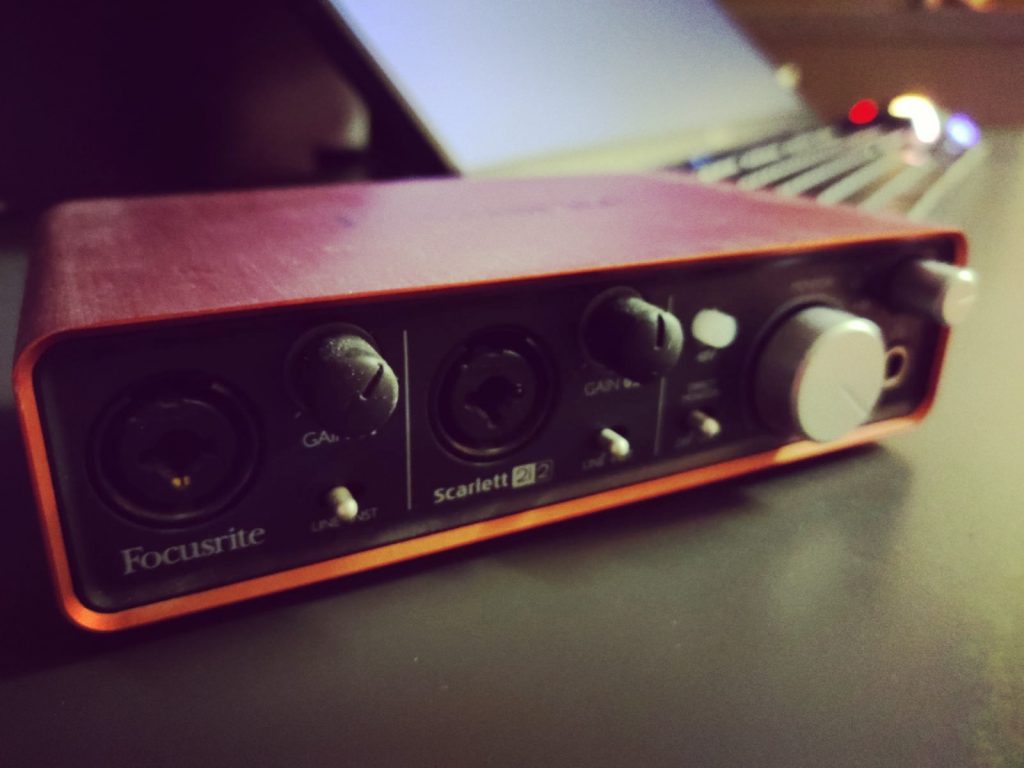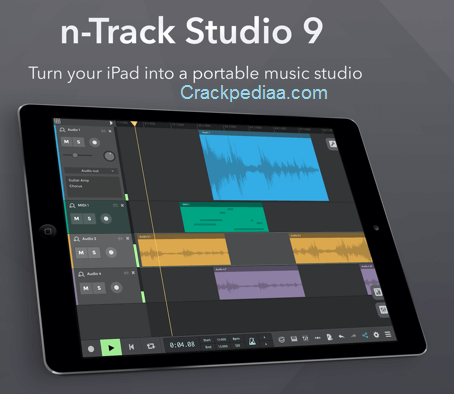

Also, stuff carrying the label "soundcard" usually only has asymmetric input which has limited noise shielding properties, and internal sound cards cannot be significantly shielded from electromagnetic disturbances in the computer case.

Preamplifiers in internal soundcards usually are non-existent (if there is a dedicated microphone input at all, it relies on electret condenser capsule preamplification) or pretty bad. How is the sound data getting into your computer? You will need microphones, preamplifiers, D/A converters. To an ever-increasing extent, "It isn't about the gear"! And if you distribute your work as MP3 and can't hear the quality difference between this and the original WAV, you're unlikely to hear the quality difference between the onboard audio of a modern computer and an expensive interface. Note that if you construct music on your computer, export a wav file and burn it to CD, the quality of your sound card is irrelevant. If you want to record from microphones, or to more than one track at once, you'll need one. If you know what audio latency is, and it's an issue in your music-making, you should consider an add-on interface. Adding a specialist "audio interface" (which by now, after a flirtation with Firewire which must now be considered obsolete, are generally external USB devices) made a difference, but not a huge one. As well as having multiple outputs for surround sound, the general audio quality improved. Then "computer as the centre of a Home Theatre system" came along. Coupled with a pair of nasty plastic "computer speakers" they would play music and the sound effects of games etc. Then computers started having onboard sound chips that weren't too bad. So you put a SoundBlaster into one of the motherboard slots. Years ago, the onboard sound of a computer was limited to warning beeps (though you could sometimes cheat even this into outputting recognisable though lo-fi music). Sound Card (internal or external) and Audio Interface are all names for the same thing.


 0 kommentar(er)
0 kommentar(er)
